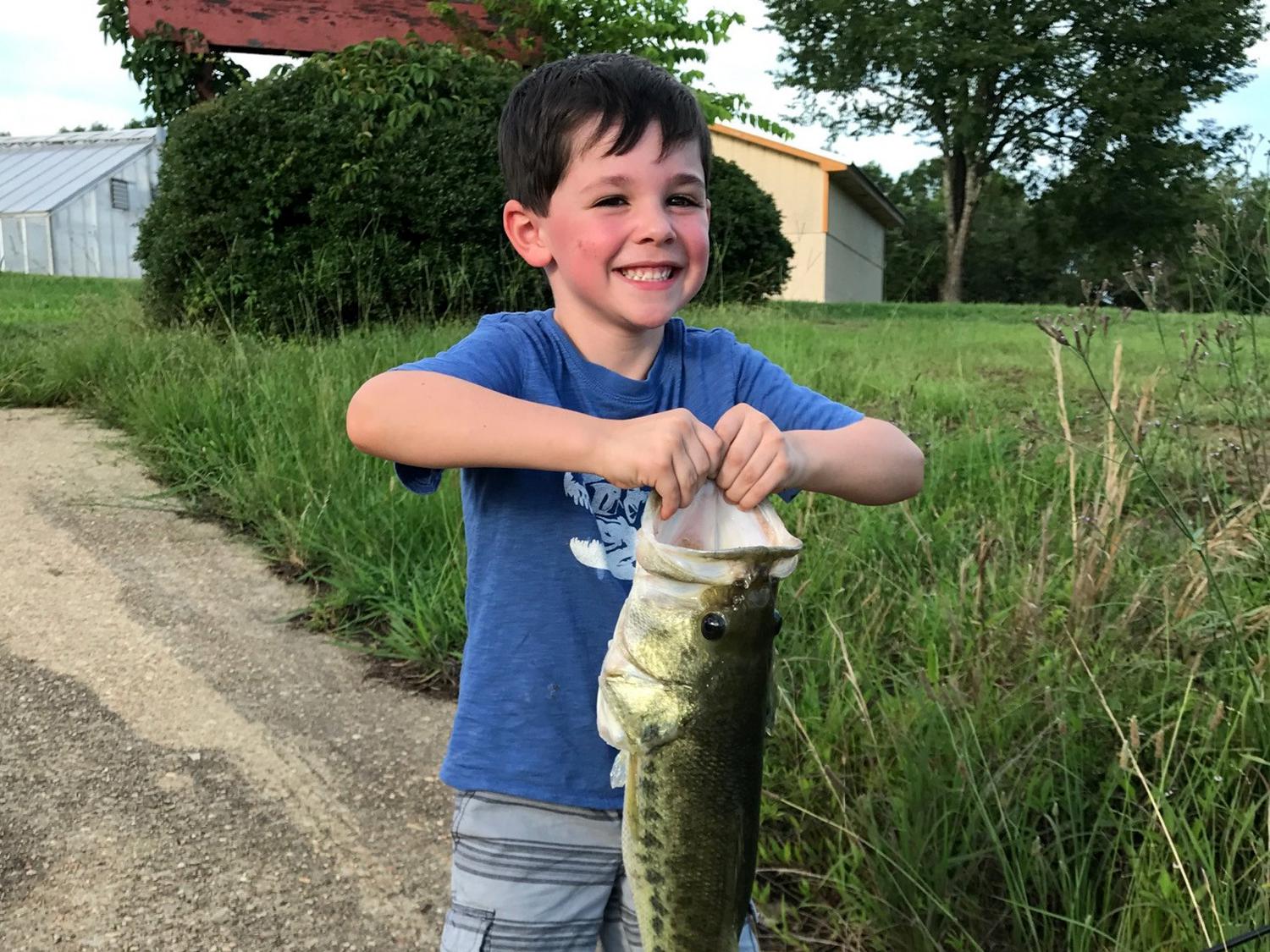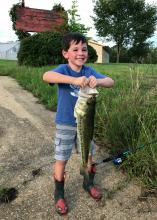Information Possibly Outdated
The information presented on this page was originally released on April 13, 2018. It may not be outdated, but please search our site for more current information. If you plan to quote or reference this information in a publication, please check with the Extension specialist or author before proceeding.
Consider many reasons to teach a child to fish
STARKVILLE, Miss. -- Fishing is fun, it can make lasting memories, and passing the sport to friends and family is rewarding in many tangible and intangible ways.
There really is no better way to bond as a family than to go fishing together. Watching children land their first fish is a deeply personal experience. Perhaps most importantly, teaching others to fish is important for the future of fish conservation.
Fishing has been one of the most popular outdoor recreational activities in the United States for many decades, but fishing participation in recent decades has stagnated or declined in many regions. Only about 14 percent of the public fishes today. There is real danger in this decline.
Fishing is good for local economies. In 2016, 35.8 million people spent $46.1 billion on equipment, licenses, trips and other fishing-related items or activities. Fishing expenditures represent a significant financial windfall for local and state economies, but as fishing declines, the communities that depend on angling revenues will suffer.
Anglers are responsible for a majority of the funding for fish conservation and aquatic habitat restoration. Direct fish conservation funding to support state fish and game agencies primarily comes from the sale of fishing licenses and excise taxes collected on fishing-related expenditures under the Federal Aid in Sport Fish Restoration Program. This funding represents nearly the entire management budget for many agencies, paying for everything from biologists’ salaries to boat maintenance to hatchery production and fish stocking.
Funding appropriations from the Federal Aid Program to each state are based, in part, on the number of anglers who buy fishing licenses in each state. Therefore, as the number of licensed anglers declines, states lose the direct revenue from license sales, and they lose funding allocated from the Federal Aid Program.
The reason is twofold. First, a reduction in license sales in a state means a lower proportion of the total funds, so the state gets a smaller piece of the pie. Second, fewer anglers buying gear means fewer tax dollars are collected, so the pie gets smaller overall. Declining numbers of fishers is bad news for conservation of our public fisheries resources.
Another important factor is that fish management agencies depend on anglers for political and social support. Most people support the right to hunt and fish, even if they don’t participate. But antifishing sentiment is growing among those who don’t fish. About 25 percent of people worldwide question the morality of recreational fishing as a sport, and some European countries have significantly restricted it. Fisheries conservation and management need angler support to counteract the growing number of antifishing lobbyists and programs.
As the percentage of people who fish declines, the political, social and financial support provided by anglers will also decline. Therefore, it is critical that we bring new people to the sport of fishing. All children need is a loving hand to take them out to the water’s edge and teach them to use rods and reels. Take a child fishing today; the future of fisheries management and conservation may very well depend on it!

Editor’s Note: Extension Outdoors is a column authored by several different experts in the Mississippi State University Extension Service.







